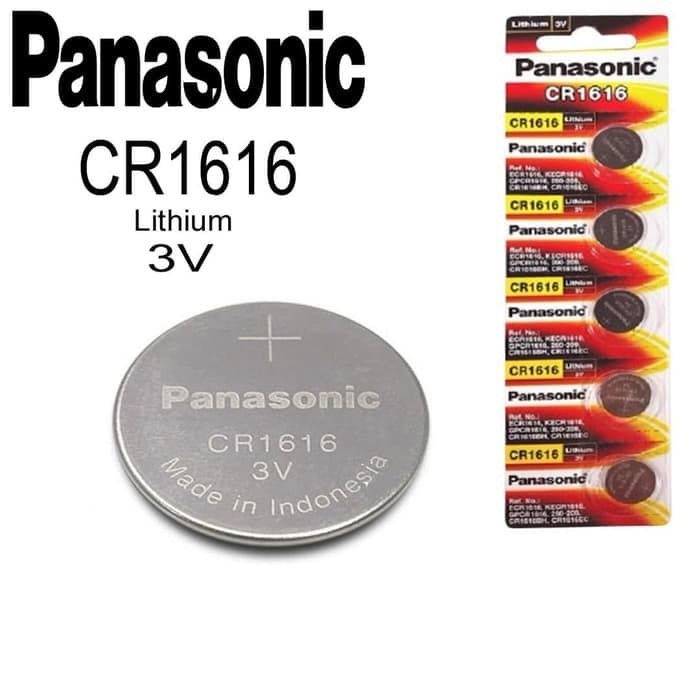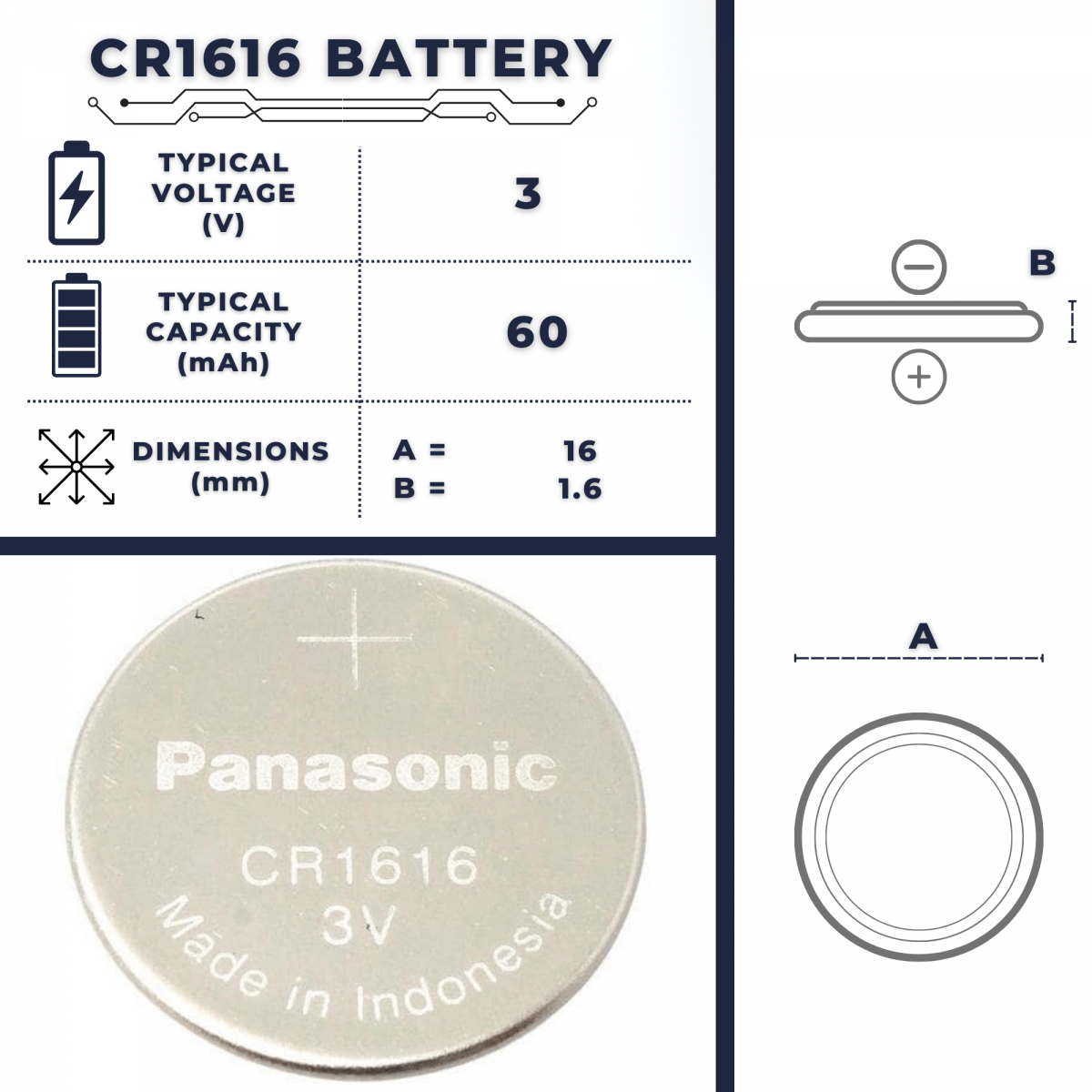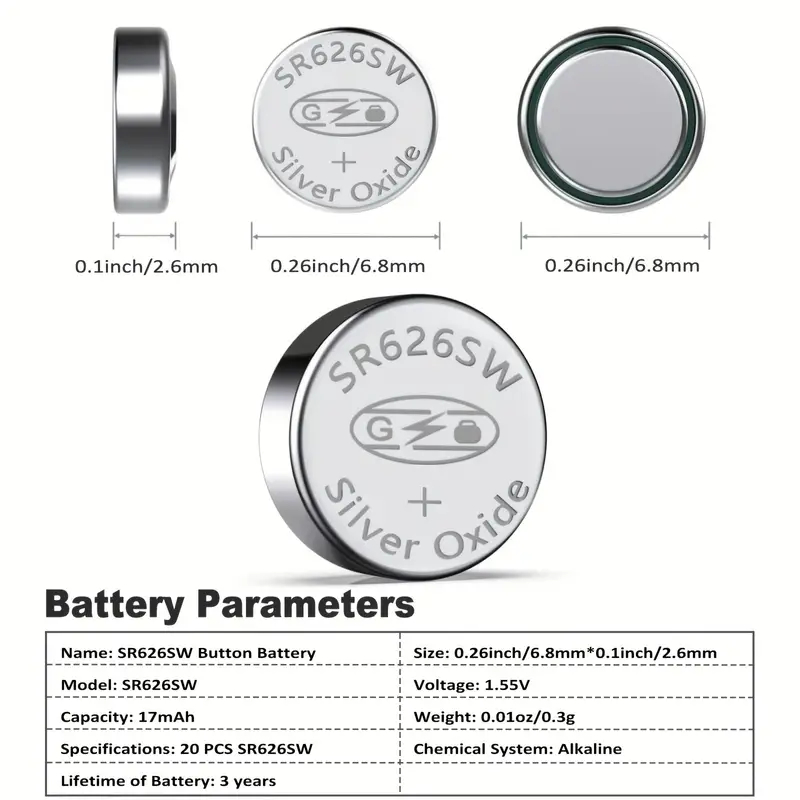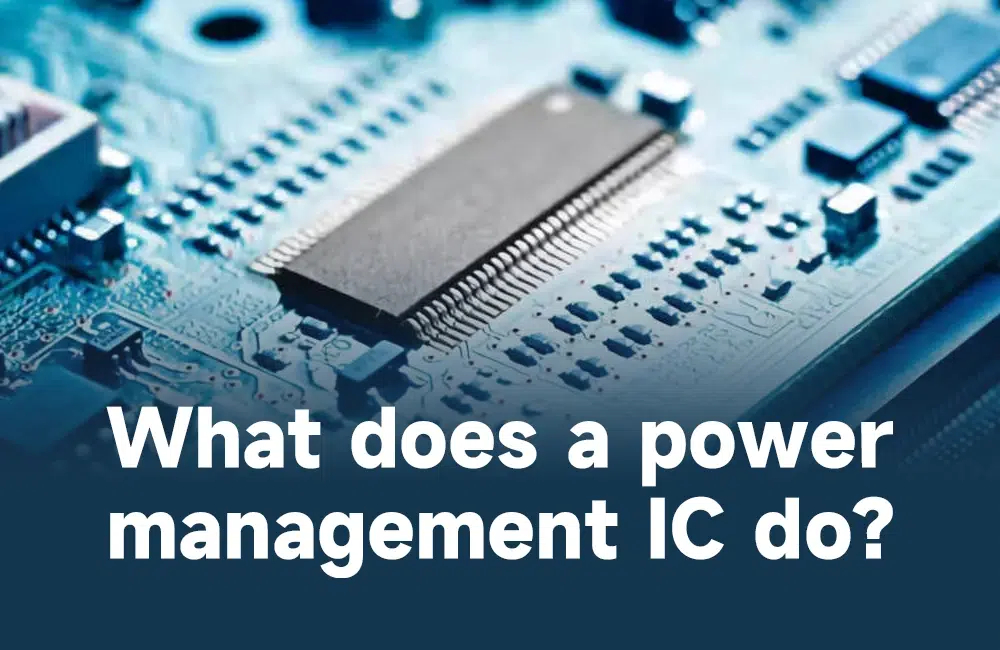The CR1616 is a coin-type lithium battery, widely used in small electronic devices due to its compact size and reliability. This battery is often found in items like calculators, wristwatches, car key fobs, and various types of medical devices. To understand its equivalences, specifications, and suitable replacements, let's delve deeper into the details.

Specifications
- Chemistry: Lithium Manganese Dioxide (Li/MnO2)
- Voltage: 3 Volts
- Diameter: Approximately 16 mm
- Thickness: Approximately 1.6 mm
- Capacity: Around 50 to 55 mAh (milliampere-hours)
Key Features
- High Voltage: A single CR1616 battery offers a full 3 volts, which is often sufficient for running small devices without the need for multiple batteries.
- Longevity: The lithium chemistry of the CR1616 battery allows for a low self-discharge rate, offering a shelf life that can extend up to 10 years, depending on storage conditions and the quality of the battery.
- Temperature Tolerance: It generally operates within a wide temperature range, making it suitable for use in diverse environmental conditions.
-
DataSheet
Equivalent and Replacements
The equivalents or replacements for a CR1616 battery are primarily determined by their size and voltage. Since the CR1616 is a 3V lithium battery with specific dimensions (16mm x 1.6mm), any replacement must match these characteristics to be considered suitable. Here are some of the most common equivalents:
-
DL1616: This is essentially the same battery but under a different name used by another manufacturer (Duracell). The "DL" prefix is often used to designate lithium batteries.
-
ECR1616: Energizer brands their CR1616 batteries with the prefix "ECR". Again, this is the same type of battery, just under Energizer's naming convention.
-
L28: Some brands use different naming conventions. L28 is one example that signifies a comparable 3V, 16mm lithium battery.
Regarding replacements, it's critical to match the battery specification exactly, paying close attention to the voltage and dimensions. A mismatch in size could mean the battery won't fit in the compartment, and a voltage mismatch could damage the electronic device.
Considerations for Replacement
- Brand Quality: Opt for reputable brands to ensure reliability and safety. Cheaper, no-name brands might offer poor performance and could leak or cause damage to your device.
- Check Compatibility: Always double-check the device's battery requirement to ensure compatibility. While equivalent batteries can work, it's best to confirm specifics, including voltage and capacity.
- Environmental Disposal: Since CR1616 and its equivalents are lithium batteries, they should not be disposed of in regular trash due to potential environmental harm. Look for appropriate recycling options in your area.

Safety Notes
- Swallowing Hazard: Coin batteries can be swallowed, especially by children and pets. Ensure they are stored away safely and disposed of properly.
- Leakage and Damage: While lithium batteries offer a significant advantage in terms of energy density and shelf life, they can leak or explode if mishandled, overcharged, or subjected to high temperature.
In summary, when seeking to replace a CR1616 battery, consider the equivalent types like DL1616 or ECR1616, and ensure that the specifications, especially the voltage and dimensions, match. Adhering to these guidelines will ensure your devices continue to operate effectively while minimizing the risk of damage.


